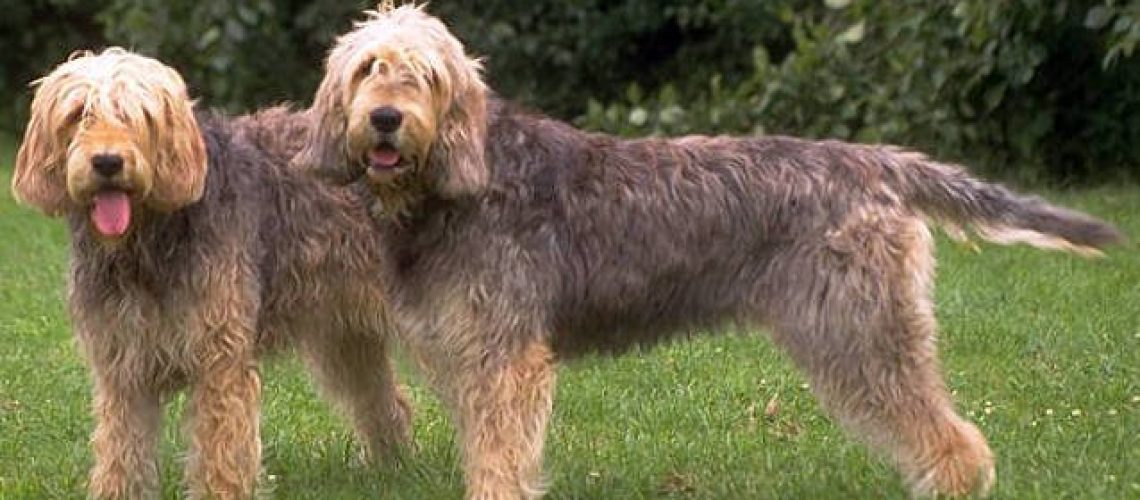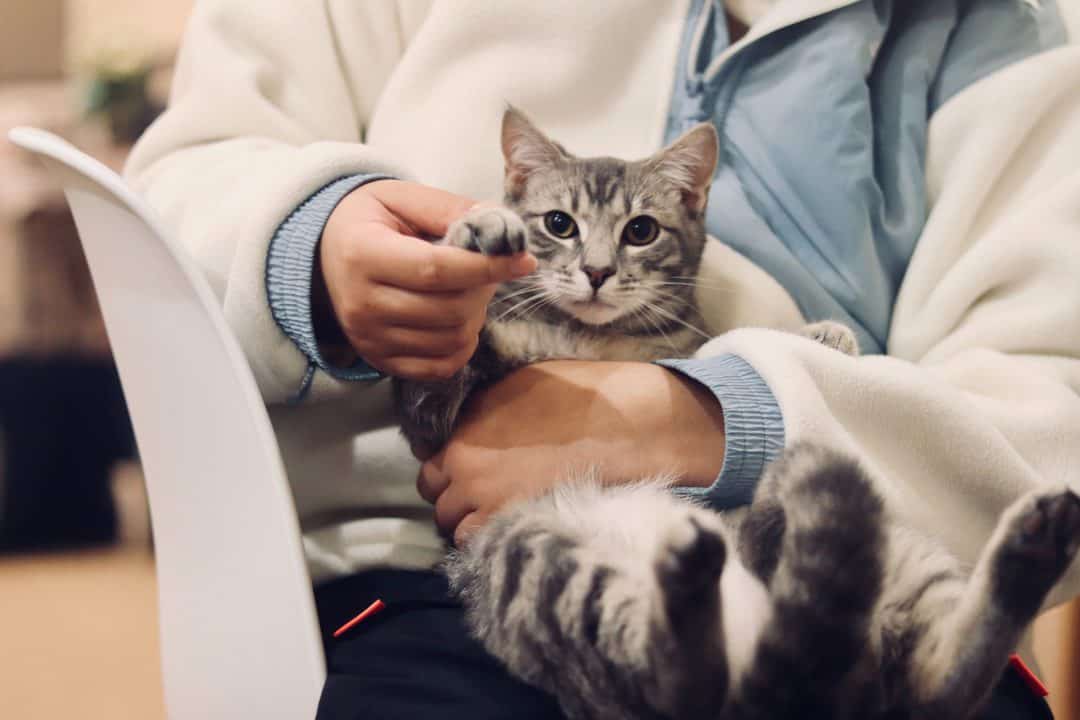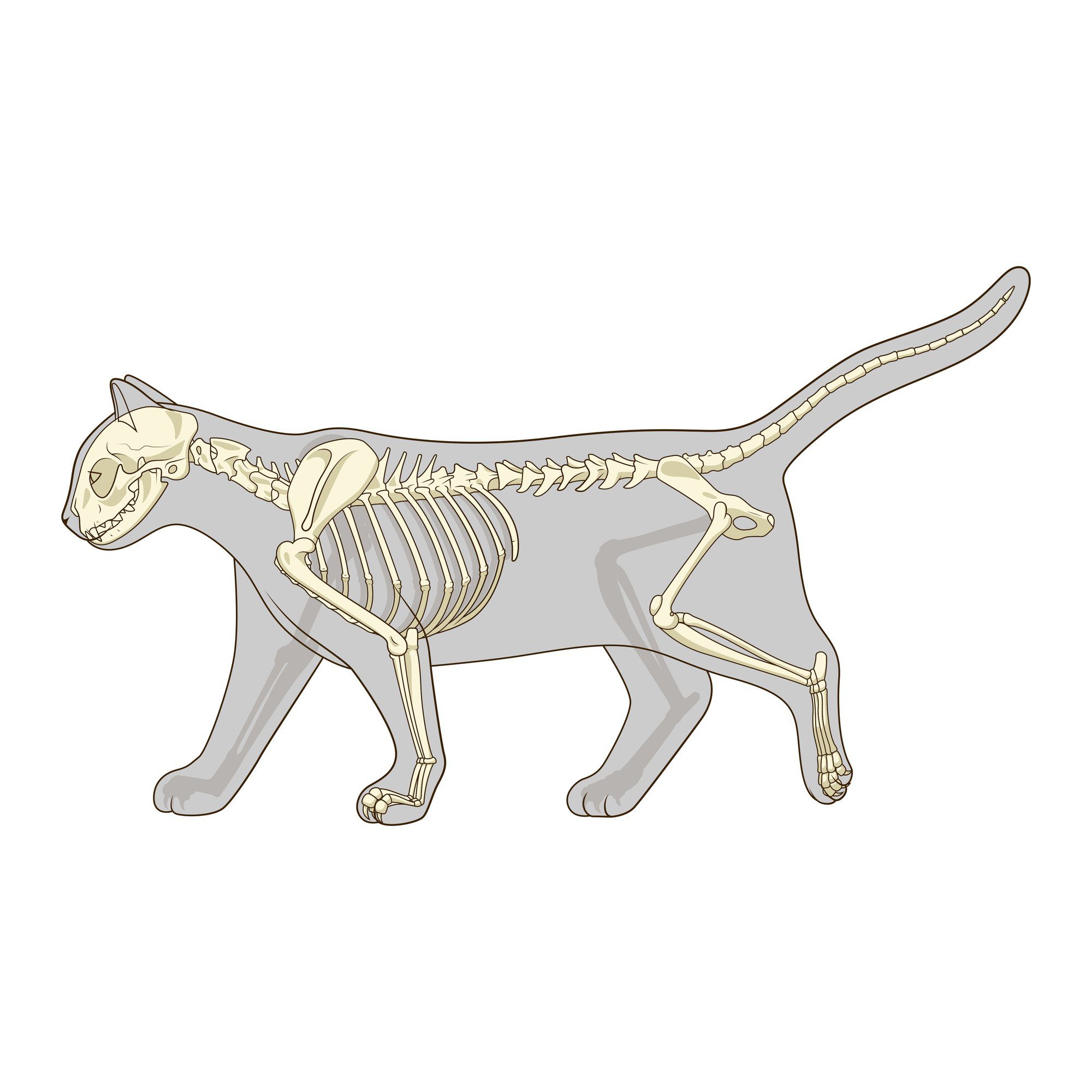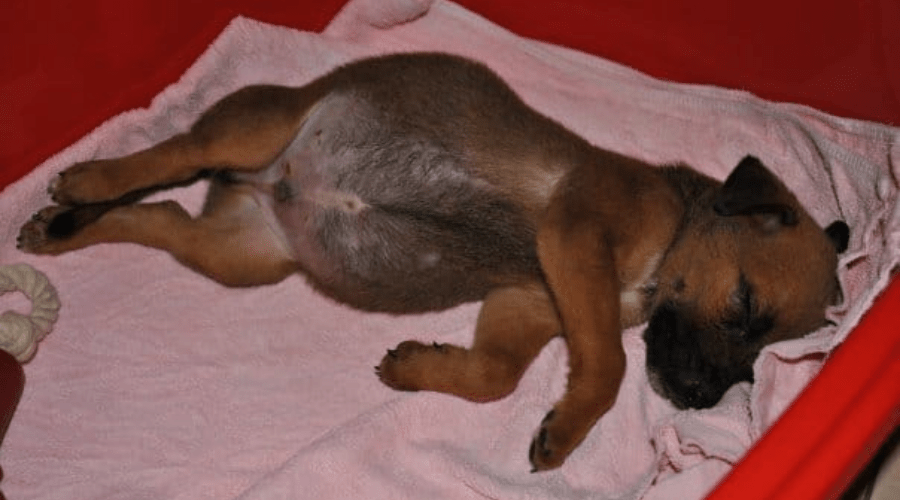Key Takeaways:
- The Otterhound is a large and rugged breed known for its unique appearance, with a shaggy coat and webbed feet, making it an excellent swimmer.
- They are highly energetic and require regular exercise to prevent boredom and destructive behavior.
- Otterhounds have a friendly and sociable nature, making them great family pets that get along well with children and other animals.
- Their thick, double coat requires regular grooming to prevent matting and keep their skin healthy.
- Otterhounds are prone to certain health issues, such as hip dysplasia and bloat, so regular vet check-ups are essential for their overall well-being.
Are you ready to dive into the fascinating world of Otterhounds? These lovable and unique dogs have a lot to offer, and understanding their characteristics and care can bring immense value to your life. Whether you're a dog enthusiast or considering adding an Otterhound to your family, this topic will provide you with essential knowledge that will help you build a strong bond with these furry companions. So, let's embark on this journey together as we explore the wonderful world of Otterhounds!
What is an Otterhound and what makes it special?
The Otterhound is a large and unique breed of dog known for its distinctive appearance and exceptional hunting abilities. With its shaggy double coat, webbed feet, and strong sense of smell, the Otterhound is perfectly adapted for tracking and chasing otters in the water. These dogs have a friendly and outgoing nature, making them great companions for families who enjoy outdoor activities.
What sets the Otterhound apart from other breeds is its remarkable ability to swim and work in water. Their dense, waterproof coat helps protect them from cold temperatures while their webbed feet provide excellent propulsion through the water. Additionally, their long, droopy ears help trap scents, allowing them to track otters with incredible accuracy.
Distinctive Features:
- Shaggy double coat
- Webbed feet
- Long droopy ears
- Strong sense of smell
Fascinating Fact:
The Otterhound is one of the rarest dog breeds in the world, with only a few hundred individuals remaining globally.
How does the Otterhound's fur help them with their hunting job?
The Otterhound's fur plays a crucial role in helping them excel at their hunting job. Their shaggy double coat provides insulation and protection when working in cold waters. The outer layer consists of coarse guard hairs that repel water and prevent the undercoat from becoming saturated. This keeps the dog warm even in frigid conditions.
Their fur also serves as a natural camouflage, blending in with their surroundings while they wait patiently for otters to appear. This allows them to approach their prey undetected. Additionally, the Otterhound's fur is thick and dense, providing a layer of protection against sharp rocks and branches in the water.
Benefits of Otterhound's Fur:
- Insulation in cold waters
- Water-repellent outer layer
- Natural camouflage
- Protection from hazards in the water
Fascinating Fact:
The Otterhound's fur can take up to three years to fully develop, and regular grooming is necessary to keep it clean and tangle-free.
What kind of exercise does an Otterhound need to stay healthy and happy?
An Otterhound is an energetic breed that requires plenty of exercise to stay healthy and happy. They have a strong instinct for hunting and tracking, so engaging them in activities that stimulate their senses is essential. Regular walks or jogs are necessary but may not be enough on their own.
To truly satisfy their exercise needs, incorporating activities such as swimming or playing fetch in a secure area is highly recommended. These activities allow the Otterhound to utilize its natural abilities while providing mental stimulation as well. It's important to note that Otterhounds should always be exercised in safe environments, as they may be prone to chasing small animals due to their hunting instincts.
Exercise Recommendations:
- Daily walks or jogs
- Swimming sessions
- Secure play areas for fetch or other games
Fascinating Fact:
Otterhounds are known for their endurance and can easily cover long distances without tiring.
Are Otterhounds good with kids and other pets? Why or why not?
Yes, Otterhounds are generally good with kids and other pets. They have a friendly and sociable nature that makes them great companions for families. However, proper socialization from an early age is crucial to ensure they get along well with everyone in the household.
Otterhounds are known for their patience and gentle demeanor, which makes them suitable for households with children. They can tolerate the playfulness of kids and are often protective of them. However, supervision is always recommended when young children interact with any dog breed to prevent accidental injuries.
When it comes to other pets, Otterhounds can coexist peacefully if introduced properly. Their hunting instincts may make them curious about smaller animals, but with appropriate training and socialization, they can learn to live harmoniously with cats or other dogs in the household.
Traits that Make Otterhounds Good Family Pets:
- Friendly and sociable nature
- Patience with children
- Potential protective instincts
- Potential compatibility with other pets through proper introduction
Fascinating Fact:
Otterhounds have been described as "merry" dogs due to their cheerful disposition.
How should you groom an Otterhound to keep its fur clean and tangle-free?
Grooming an Otterhound requires regular maintenance to keep its unique fur clean and tangle-free. Due to its double coat, brushing at least once a week is necessary to remove loose hair and prevent matting. Using a slicker brush or a wide-toothed comb is recommended to reach through the dense fur.
Bathing should be done as needed, but not too frequently as it can strip the natural oils from their coat. When bathing, it's important to use a dog-specific shampoo and thoroughly rinse to avoid any residue. After bathing, the fur should be towel-dried and gently brushed to prevent tangling.
Trimming the hair around the ears, paws, and tail can help maintain cleanliness and prevent dirt accumulation. Regular ear cleaning is also essential to prevent infections. Lastly, regular nail trimming and dental care should be part of the grooming routine to ensure overall health.
Grooming Tips for Otterhounds:
- Brush at least once a week
- Bathe as needed with dog-specific shampoo
- Trim hair around ears, paws, and tail
- Clean ears regularly
- Regular nail trimming and dental care
Fascinating Fact:
The Otterhound's shaggy appearance may give them a disheveled look, but it adds to their charm and uniqueness.
What are common health problems in Otterhounds, and how can they be prevented or managed?
Like many dog breeds, Otterhounds are prone to certain health issues that potential owners should be aware of. Some common health problems in Otterhounds include hip dysplasia (a condition where the hip joint doesn't develop properly), bloat (a life-threatening condition where the stomach twists), and epilepsy (a neurological disorder causing seizures).
To prevent or manage these health problems, responsible breeding practices are crucial. Reputable breeders perform health screenings on their breeding dogs to ensure they are free from genetic diseases. Regular exercise, a balanced diet, and maintaining a healthy weight can also help reduce the risk of hip dysplasia and bloat.
While epilepsy cannot be completely prevented, it can be managed with medication prescribed by a veterinarian. Regular check-ups and vaccinations are important to maintain overall health. Additionally, providing a safe environment that minimizes potential hazards can help prevent accidents or injuries that could exacerbate existing conditions.
Common Health Problems in Otterhounds:
- Hip dysplasia
- Bloat
- Epilepsy
Fascinating Fact:
The Otterhound's long lifespan of around 10-12 years is considered relatively good for a large breed.
Tips for training an Otterhound to be well-behaved and obedient
Training an Otterhound requires patience, consistency, and positive reinforcement techniques. These dogs are intelligent but can also have an independent streak, so using rewards such as treats or praise will motivate them to learn and obey commands.
Start training your Otterhound from an early age to establish good behavior habits. Basic obedience commands like "sit," "stay," and "come" should be taught consistently using positive reinforcement methods. Socialization is equally important to expose them to various people, animals, and environments, helping them become well-rounded dogs.
Keeping training sessions short but frequent will prevent boredom or frustration for both the dog and the trainer. It's important to remember that each dog learns at its own pace, so being patient and understanding is key. Seeking professional help from a dog trainer experienced in working with hounds can also be beneficial.
Tips for Training an Otterhound:
- Use positive reinforcement techniques
- Start training from an early age
- Teach basic obedience commands consistently
- Focus on socialization to different environments and individuals
- Keep training sessions short but frequent
- Be patient and seek professional help if needed
Fascinating Fact:
The Otterhound's intelligence and determination make them excellent problem solvers, but they may also use their cleverness to find creative ways to get what they want!
In conclusion, the Otterhound is a unique and friendly dog breed known for its shaggy coat and webbed feet. With proper care, including regular grooming and exercise, this breed can make a great companion for families who enjoy outdoor activities.
Are Otterhounds good family dogs?
Otterhounds are known for their friendly and affectionate nature towards children, strangers, and other animals. They can be great family pets for the right owner. However, it's important to note that they require a lot of exercise to maintain good behavior and health. Therefore, they are most suitable for active individuals who can spend a lot of time with their dogs and prevent them from being left alone frequently.
Are Otterhounds hard to train?
Otterhounds are known for being pack animals and generally get along well with other dogs. They are friendly, but not particularly intelligent, which can make training them challenging.
Can Otterhounds be left alone?
Otterhounds are fairly independent dogs, but they still enjoy being part of the family and should not be left alone for extended periods of time. It won't be long before they return to the couch and ask to share your movie night popcorn.
What is the highest inbreeding dog?
The Norwegian Lundehund has the highest level of inbreeding, with over 80%. This breed experiences significant challenges in fertility and puppy survival, as well as a potentially fatal gastrointestinal disorder.
Are otterhounds cuddly?
Although otterhounds can weigh more than 100 pounds, they have a tendency to think they are small lap dogs and will cuddle whenever they can. If otterhounds are socialized with children from a young age, they can be good with them. However, because they are large dogs, they should be closely supervised around small children to avoid any accidental injuries.
What is the easiest trained bird dog?
Golden Retrievers and Labrador Retrievers are well-known for their trainability, as are a few other dog breeds. Brittanys, Springer Spaniels, and German Shorthaired Pointers are also highly regarded for their ability to be trained. On the other hand, some dog breeds can be stubborn and may require firmer training methods, such as certain pointer breeds.

















